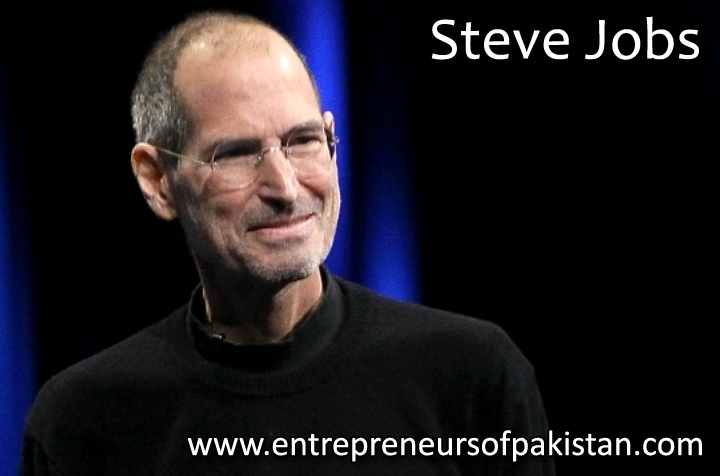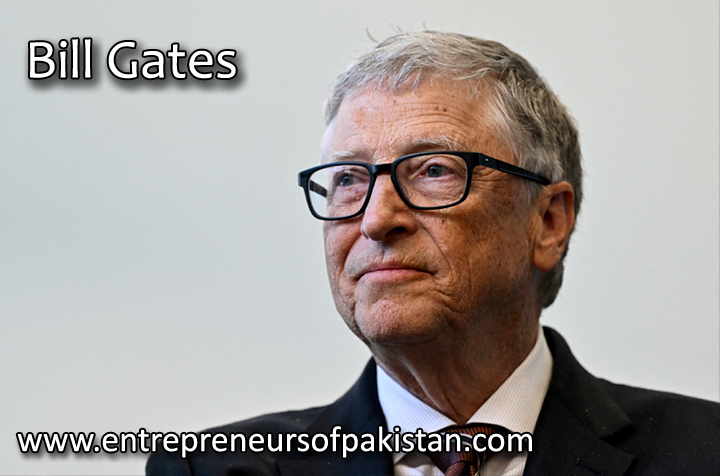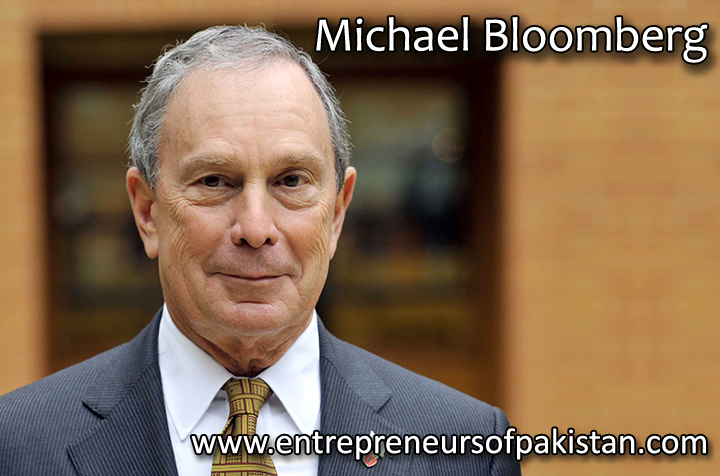Steven Paul Jobs was born on February 24, 1955, in San Francisco, California. Adopted by Paul and Clara Jobs, he grew up with an early interest in electronics. Jobs attended Reed College briefly before dropping out, but his passion for technology laid the groundwork for his remarkable journey.
Co-founding Apple Inc.: In 1976, Steve Jobs, along with Steve Wozniak and Ronald Wayne, co-founded Apple Computer, later known as Apple Inc. The release of the Apple I and Apple II computers marked the beginning of Apple’s impact on the personal computer industry.
Macintosh and Next Computer: Jobs played a pivotal role in the development of the Macintosh, a groundbreaking personal computer launched in 1984. After leaving Apple in 1985, he founded NeXT Computer, focusing on high-end workstations. NeXT’s technology eventually influenced future Apple products.
Pixar and Animation Revolution: Jobs acquired The Graphics Group in 1986, which later became Pixar Animation Studios. Under Jobs’ leadership, Pixar produced iconic animated films like “Toy Story,” revolutionizing the animation industry. The success of Pixar contributed significantly to Jobs’ legacy.
Return to Apple and Product Innovations: In 1996, Apple acquired NeXT, bringing Jobs back to the company he co-founded. Jobs assumed the role of CEO in 1997, leading Apple’s resurgence. His visionary leadership resulted in iconic products like the iMac, iPod, iPhone, and iPad, transforming industries.
Design Philosophy and Apple Stores: Jobs was renowned for his emphasis on product design and user experience. The sleek and intuitive designs of Apple products became synonymous with the company’s brand. Jobs also revolutionized retail with the introduction of Apple Stores.
Health Struggles and Legacy: Jobs faced health challenges, including a battle with pancreatic cancer. Despite his illness, he continued to lead Apple until his resignation in 2011. Jobs’ legacy extends beyond technology, influencing design, innovation, and the culture of Silicon Valley.





















